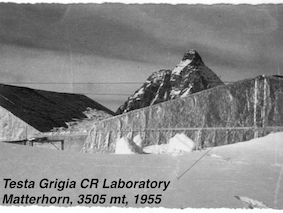Speaker
Dr
Sergey Koldashov
(National Research Nuclear University MEPhI (Moscow Engineering Physics Institute), Moscow, Russia)
Description
The results of observation of short-term and long-term variations of high-energy electron flux in the outer radiation belt, obtained in ARINA and VSPLESK satellite experiments, are presented. Scintillation spectrometers ARINA on board the Resurs-DK1 Russian satellite (2006 - 2016) and VSPLESK on board the International Space Station (2008 - 2013) have been developed in MEPhI. Both instruments carried out continuous measurements of high-energy electron flux and its energy spectrum in low-Earth orbits in the range 3-30 MeV with 10 – 15 % energy resolution. A time profile of electron flux in different L - shells has been studied during 2012-2013, and detail analysis of experimental data on ultra relativistic (5-7 MeV) electrons in the outer radiation belt zone (L~3 – 8) was fulfilled. It was shown a large variability of flux of such electrons there. The sharp effects in electron flux (as rise and as fall) in magnetosphere interrelated with solar flares and coronal mass ejections have been observed. The periods of significant (greater than some hundreds times) changing the flux of electrons in the outer radiation belt zone in 2012 - 2013 were analyzed in the work. Comparison between ARINA and VSPLESK experimental data on several MeV electron flux and the results of Van Allen Probes was carried out.
Author
Dr
Sergey Koldashov
(National Research Nuclear University MEPhI (Moscow Engineering Physics Institute), Moscow, Russia)
Co-authors
Dr
Nadezhda Eremina
(National Research Nuclear University MEPhI (Moscow Engineering Physics Institute), Moscow, Russia)
Dr
Sergey Aleksandrin
(National Research Nuclear University MEPhI (Moscow Engineering Physics Institute), Moscow, Russia)

